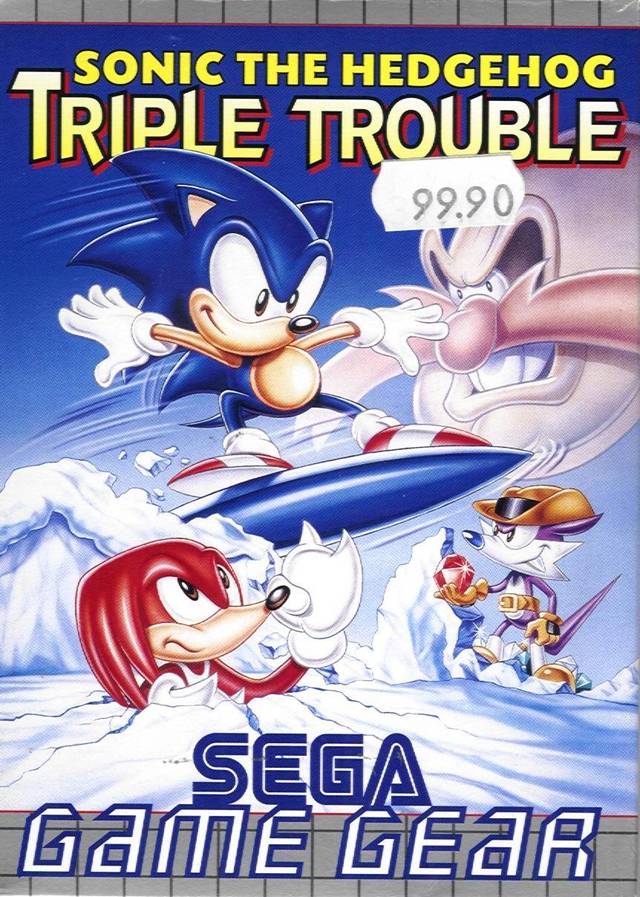

management would respect the intentions of management in Japan. '.Maruyama carefully assessed the likelihood that U.S. With one issue after another, the criticism was relentless. The "Play" in PlayStation, they said, was reminiscent of "Playboy" and might be misconstrued. list price themselves and they disapproved of the name PlayStation.

The design is too small for American hands." What is more, they insisted that they would set the U.S. Their approach was to object to everything on grounds such as the results of market research: "We can't accept such an unusual controller. Neither did he like the design or the logo mark. market, and that the console must be white. insisted that gray was unacceptable in the U.S. 'First he objected to the color of the console. A quote from the book Revolutionaries at Sony: Were they right? Well, that's an impossible question to answer, but nowadays the Japanese-developed games enjoy far more popularity (see this recent list on Sega-16 - only 2 of the Top 20 user-voted games were not developed in Japan/by Japanese).Īdding to this: Sony was an early example of a Japanese company going completely against their American management when the PlayStation was released. I mean, Sega of America built a whole development and publishing business during the Mega Drive era on the model that Americans prefer American-made games. Yamaguchi: Not just the opening and ending, but all the tracks in-between.Ĭlick to expand.True. Ohshima: Oh, all the tracks are different? Yamaguchi: Right, all the tracks are different. I could understand if it was just the opening song. I just asked Ohshima but he said he didn’t know. Yamaguchi: But the music for the North American version of Sonic CD is different. Numata: And that’s different from Sonic CD. Anyway, the music by the person that Sega of America recommended for Sonic 2 was, honestly, all bad. Ohshima: So maybe he came into it for Sonic 3. Yamaguchi: But I do remember that there was talk of Michael Jackson during Sonic 2. Numata: Someone was supposed to input the music data… The Dreams Come True source music also became a CD. Yamaguchi: Anyway, all of Sonic 2 was done by Dreams Come True. Ohshima: But I heard that some of the tracks were secretly included in the game. They got passed up to us, but they were all horrible and we said so. The tracks we heard were probably from someone working at Sega of America. Ohshima: And there were even some “Wow!”s in there. Yamaguchi: Then that’s something different from what I’m talking about. Ohshima: All of the songs were done by mouth. Yamaguchi: No, I’m not sure they were Michael’s. Ohshima: Wow, you rejected Michael’s songs? Yamaguchi: Anyhow, the time I’m talking about, the demo tracks we heard were so bad that there was no way we could use any of them. Yamaguchi: Hmm, maybe he came and said he wanted to do it? SST: Wait, so Michael was going to do the music for Sonic 2? Numata: Whoa! He’s too big so he didn’t even come to mind. Ohshima: A famous person who passed away. Ohshima: Well, I received a cassette tape from the sound department, and it contained audio of M doing all the rhythms with his mouth, like “tsuttsuku tsuttsuku.” Yamaguchi: He said he was going to do it, but in the end… I guess maybe there was some future plan for him to do it. The tracks were just no good, so we called and explained how bad they were, and in the end, we were allowed to use Dreams Come True. Someone working in America, an American, came to us and asked us to use this music, but all of the tracks were awful, so together we rejected all of them. Yamaguchi: That reminds me: The music for Sonic 2 was completely different at first. Numata: I think that, probably, the music I input doesn’t even appear in the game (laughs). Oh, right, now that you mention it, quite a few names are listed in the credits for sound. Did that involve converting the source music-porting it to the Mega Drive? I wasn’t even supposed to do that, but in the end… Numata, you also did a tiny bit of work on Sonic 2, didn’t you? Did you do some sound effects?


 0 kommentar(er)
0 kommentar(er)
